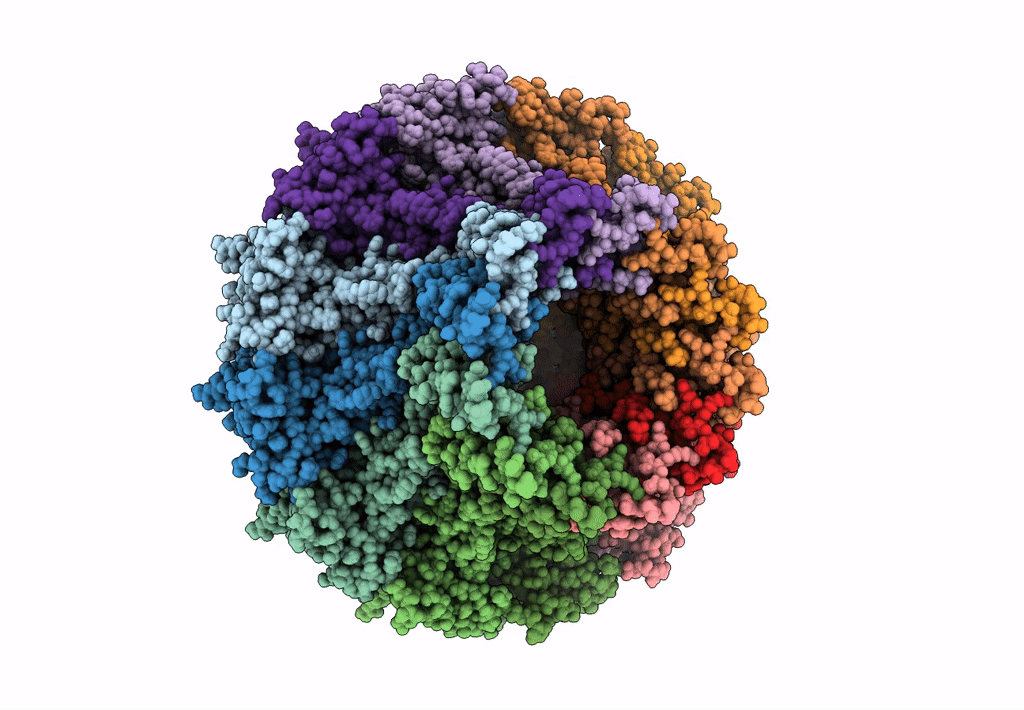
Deposition Date
2023-02-02
Release Date
2023-05-24
Last Version Date
2024-07-24
Method Details:
Experimental Method:
Resolution:
2.97 Å
Aggregation State:
PARTICLE
Reconstruction Method:
SINGLE PARTICLE


